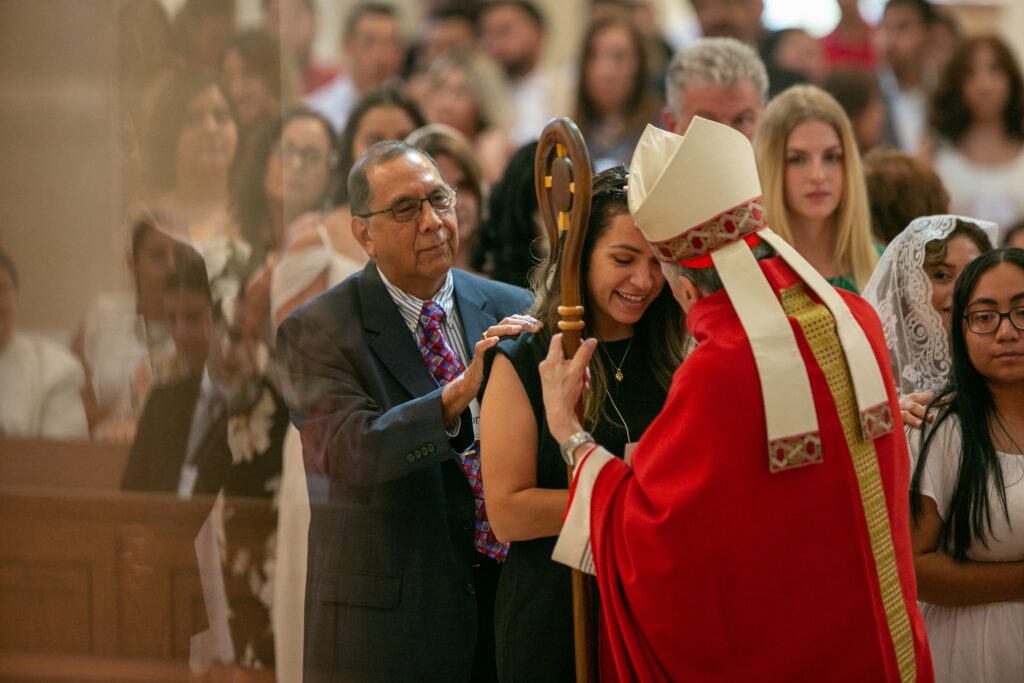Question: What aspects of the seven sacraments are in the Bible? Are there any that are not?

The seven sacraments celebrated by Catholics all have their roots in Scripture, although some are featured more prominently than others. There are many references to Baptism, of course, beginning with Jesus’ Baptism by John. The Eucharist was instituted by Jesus at the Last Supper (Matthew 26:26-29). Confirmation, though not specifically named in the Bible, is traced back to the outpouring of the Holy Spirit on Jesus at his Baptism and on his followers after Jesus’ resurrection (see John 20:22 and Acts 2:1-4). The Sacrament of Reconciliation, while not practiced in the same way in biblical times as we know it now, is rooted in Jesus’ ministry of forgiving sins and proclaiming salvation to the lost. After his resurrection, he breathed on the disciples, imparting them with the Holy Spirit and stating, “If you forgive the sins of any, they are forgiven them” (John 20:23). The Sacrament of the Anointing of the Sick can be traced to the New Testament Letter of James (5:14): “Are any among you sick? They should call for the elders of the church and have them pray over them, anointing them with oil in the name of the Lord.”
RELATED: Sacraments 101 and 201 Videos
Finally, the two Sacraments of Vocation — Marriage and Holy Orders — derive from Scripture, although the format of the liturgical celebrations has obviously evolved through the centuries. The Bible begins with the creation of man and woman in the image and likeness of God and very soon refers to them becoming “one flesh” (Genesis 1-2). Countless other passages refer to the covenant between married spouses, and Jesus himself defended the nature of marriage when he declared, “What God has joined together, let no one separate” (Matthew 19:6). Holy Orders take shape from Jesus’ appointment of the Apostles to extend his ministry of teaching, healing, and proclaiming salvation (Matthew 10:1-8). Later, those Apostles prayed and laid their hands on other “men of good standing, full of the Spirit and of wisdom” to share in the ministry (Acts 6:3-6). Thus the succession of the apostles began and with it the tradition of a pope or bishop laying hands on a man to ordain him as a bishop, priest, or deacon.